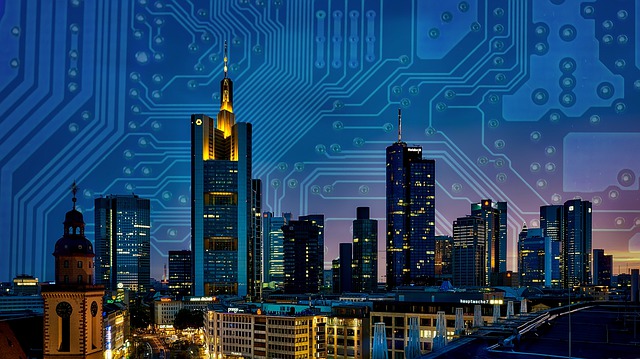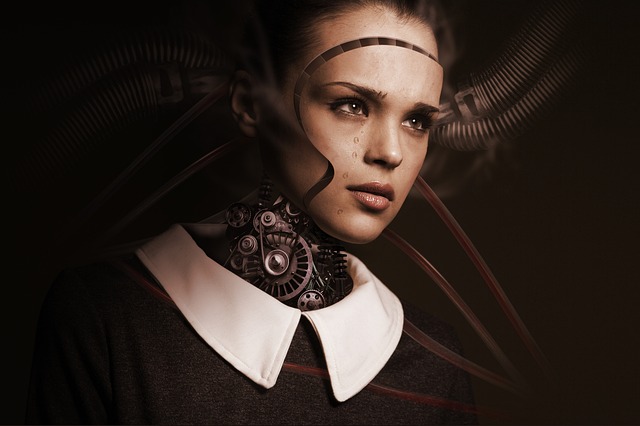Robotics is the investigation of the plan and utilization of robots. For instance, the machines customized to complete a progression of activity without human direction. This field was first discovered and invented by Isaac Asimov.
Revolution of technology is occurring in machine devices, examination gadgets, and other gear. This new upset has been set off by gadgets and supported by consistently expanding capacities of PCs. This has prompted the rise of another innovation called mechatronics representing the combination of mechanical viewpoints.

Following are the advancements of robots in our lives
Robotic Advancement in Medicine
In certain zones of medication, robots will be fit for working more successfully than individuals. By then, most clinical tasks will have been performed and completed by robots. As of now, there should be the first miniature robots that look after the soundness of the individual in his/her body.
Future of Robots
In the future, robots will actually move on the ground as well as on the whole possible way. Robots will be equipped for gliding in the streams, oceans, and sea profundities, and taking off noticeably all around. Because of their developmental calculations of creation, numerous robots will actually want to change their structure and furthermore structure, contingent upon the current circumstance.
Impact of Robotic Advancement on Environment
Utilizing mechanical innovation is positive to both the environment and to individuals. The workspace is improved by Robots in dangerous working conditions like warmth or being presented to synthetic compounds.
Assembling robot assistants and individuals for certain tasks that are exhausting facilitates work stresses and furthermore opens up positions to the individuals who are genuinely disabled or have a few impediments.
Hence, robots are significant natural apparatuses that attempt to lessen ecological contamination through assistance in managing issues of defending the climate, saving lives particularly individuals who are presented to hazardous situations.
Conclusion
It is conceivable to say doubtlessly that in the following 20 years, there will be more great and less expensive advancements here, which will prompt the development of the market of robots of the most extraordinary utilitarian purposes and intricacy levels. It implies that robots will live and work among individuals, engaging and assisting them with their day-by-day physical and scholarly work.

